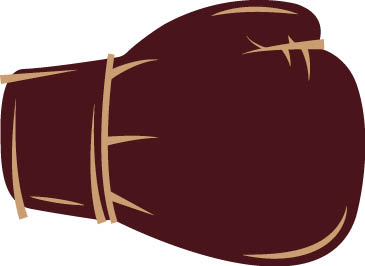A 54-year-old man presented to my clinic reporting a progressive decrease in vision in his left eye (OS) in the past year. His vision in this eye had been partly compromised after a perforating ocular trauma 15 years ago, for which he had not undergone surgery; he noted it had significantly worsened over the past 12 months.
Upon examination, the patient had a BCVA of 20/25 in his right eye (OD) and light perception OS. He had 1+ nuclear sclerosis in the right eye. In his left eye, he had a nasal pterygium, a transparent cornea with peripheral leukoma at 10 o’clock, a formed anterior chamber with no cells or flare, anterior synechiae in the 3-mm peripheral cornea from 10 to 12:30 o’clock, corectopia, and a white cataract. Phacodonesis was not present.
Ultrasound revealed a silent vitreous chamber and attached retina and choroid. Topography showed regular corneal astigmatism of 1.30 D @ 150. Therefore, I planned this patient’s cataract surgery based on three factors: (1) traumatic cataract, (2) white cataract, and (3) visually significant regular corneal astigmatism.

TIP
In cases of traumatic cataract, manipulate the capsular bag as gently as possible to avoid zonular stress.
Although phacodonesis was not present, given the patient’s history of trauma, I had capsular tension hooks and a capsular tension ring in the operating room in case I needed them. Additionally, I made sure to manipulate the capsular bag as gently as possible to avoid zonular stress.
With regard to the white cataract, my surgical steps were as follows.
1. I began by opening my secondary incision and injecting diluted adrenaline into the anterior chamber.
2. I filled the anterior chamber with a single air bubble and stained the anterior capsule with trypan blue. The increased anterior chamber pressure created by the air bubble improves staining.
3. After re-forming the anterior chamber with a single air bubble, I performed my main incision and filled the anterior chamber with a high-viscosity cohesive ophthalmic viscosurgical device (OVD).
4.I started the capsulorhexis using a cystotome and aspirated part of the liquefied cortex with a cannula filled with balanced salt solution to decrease intracapsular tension before proceeding.
5. I used Utrata forceps to create the capsulorhexis and stopped to aspirate the cortex with a cannula whenever there was increased pressure caused by the underlying liquefied cortex.
6. After completing the capsulorhexis, I used my phaco handpiece to finish aspirating the liquefied cortex, which prevents the need for hydrodissection in these cases and results in a freely rotating nucleus.
7. In this specific case, I decided to use the stop-and-chop technique for phacoemulsification.
8. I aspirated the cortex using my secondary instrument to expose the cortex located below the iris.
9. I injected a toric IOL, aspirated the OVD from below the lens and from the anterior chamber, and aligned the lens with the desired meridian.
At the end of surgery, I closed the main wound with a 10-0 nylon suture. I also sutured the area adjacent to the corneal scar, which partially opened during phacoemulsification.
On postoperative day 1, the patient had a UDVA of 20/25 OS.



